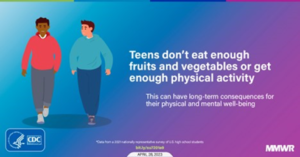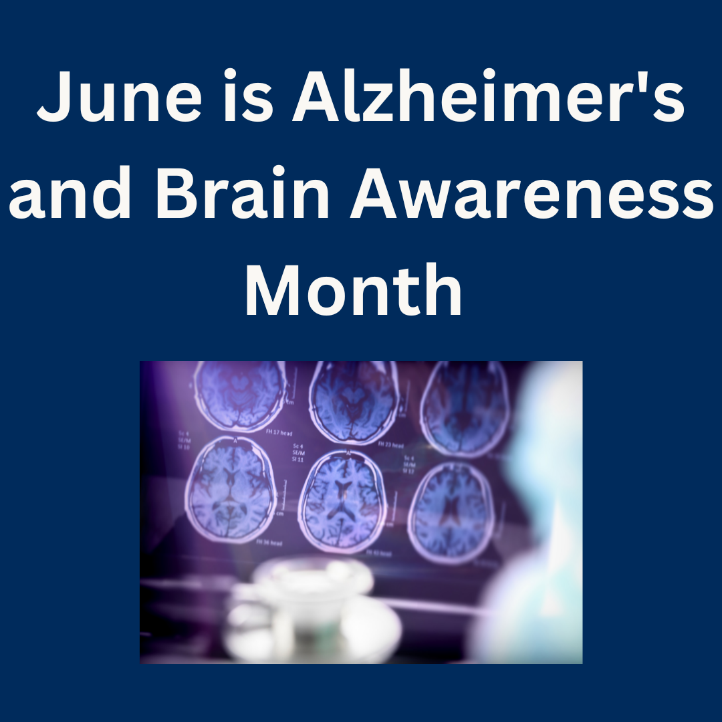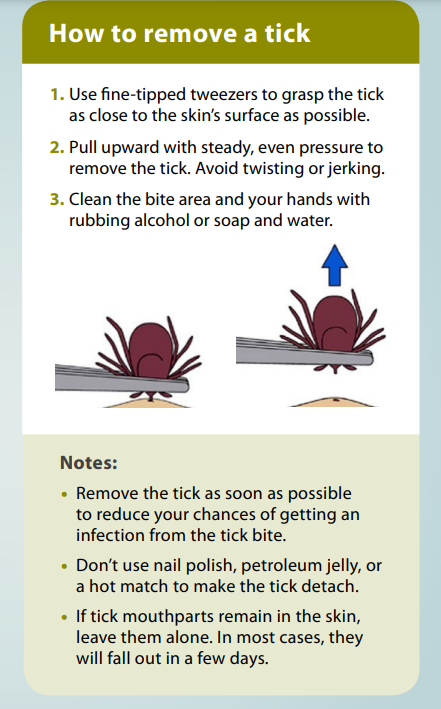Live Well Allegheny: June 2023 E-Update
More than 350 Live Well partners united to make Allegheny County healthy for all to live, learn, work and play!
This June update contains information to help make Allegheny County a healthier place for all. Please feel free to share.
Be sure to like and follow the Allegheny County Health Department on Facebook and Twitter to stay up-to-date on all ACHD news.
Welcome New Live Well Partners

We Welcome Our Newest Live Well Partners:
Pittsburgh Financial Empowerment Center
The Pittsburgh Financial Empowerment Center is a partnership between the City of Pittsburgh, the non-profit Neighborhood Allies, and Advantage Credit counseling to provide free, professional one-on-one financial counseling. Economic stability is a social determinant of health. Find out more on their website.
Renew 412
Renew 412 is an organization focused on housing justice, equity building, resource efficiency and resilient communities. Renew 412 believes that the environments in which we live, work and play impact our health. They back the Live Well mission of supporting chronic disease prevention and treatment through increased physical activity, eating a balanced diet and avoiding smoking. Find out more at their website.
Live Well Allegheny Story

Healthy Teens
According to the National Youth Risk Behavior Survey, high school students’ rates of physical activity is decreasing. The same is true for daily consumption of fruits, vegetables and breakfast. Healthy eating and physical activity in childhood and adolescence is important for proper growth and development and in the prevention of chronic health conditions.
For adolescents, adequate physical activity plays a significant role in their health and well-being. By participating in the recommended 60 minutes or more of daily physical activity high school students’:
- Boost academic performance by improving attention and memory
- Reduce risk of several preventable chronic diseases, such as type 2 diabetes and obesity
- Regulate body weight and reduce body fat
- Reduce risk of depression
Healthy eating in childhood and adolescence is important for proper growth and development. It also assists in the prevention of chronic health conditions. It’s important for teens to make choices from all food groups: fruits, vegetables, grains, protein, and dairy, every day. For adolescents healthy eating can:
- Help achieve and maintain healthy weight
- Support brain development
- Support healthy growth
- Boost immunity
- Improving mental health
Schools, communities, and families can work together to create supportive environments where adolescents can learn about and practice making healthy choices. Some examples are:
- Providing physical education and access to team sports
- Increasing access to healthy food and drink options
- Promoting opportunities for physical activity within the community
For more ways to boost your teen’s physical activity goal, check out the CDC’s Active People, Healthy Nation strategy.
For resources on improving your teen’s diet, check out the FDA’s My Plate resources.
ReThink Your Drink – New Video!
June Health Observances
June is Alzheimer’s and Brain Awareness Month
This month is a great time to learn more about healthy lifestyle behaviors that can help reduce the risk of cognitive decline. Age is the greatest risk factor for Alzheimer’s disease, but not the only one.
Five tips to promote better brain health and help reduce the risk of cognitive decline include:
- Exercise regularly
- Maintain a heart-healthy diet
- Get proper sleep
- Stay socially and mentally active
- Keep your heart healthy
For more information about Alzheimer’s visit the CDC’s Alzheimer’s Disease and Healthy Aging webpage.


June is Men’s Health Month
The focus of Men’s Health Month is to encourage men, and boys, to take charge of their overall health by implementing healthy living decisions. Many diseases that disproportionately impact men, like heart disease and cancers including colorectal, lung and prostate cancers, are preventable through regular doctor’s visits and lifestyle choices. It’s important for men and boys to stay healthy at every age, for more information view the Men: Stay Healthy at Any Age pamphlet.
Lyme Disease Awareness

Lyme Disease Prevention
by: Susan Johnston, ACHD Public Health Program Representative
Lyme disease is the most reported vector-borne illness in the United States. It consistently affects residents throughout Allegheny County. Exposure to infected ticks can occur anywhere, often while people are engaging in outdoor activities such as doing yard work, walking the dog or gathering leaves.
The bacterium that causes Lyme Disease, Borrelia burgdorferi, is transmitted to humans through the bite of infected blacklegged ticks. In 70-80 percent of Lyme cases, the first symptom is usually a “bull’s eye” rash that appears from 3-to-30 days after a tick bite. Other symptoms may include fever, headache, joint or muscle aches and fatigue.
Lyme disease can be treated with antibiotics, if identified early. If not treated early, complications such as chronic joint pain, headaches or other neurologic symptoms may develop.
Although ticks are most active in warmer months (April through October), they can emerge year-round. This includes during winters with fewer frost days and warmer temperatures.
The Allegheny County Health Department recommends people take year-round precautions to reduce their chances of being bitten by ticks. Steps include covering up, as much as possible, when entering a wooded or brushy area and using EPA-registered repellents containing DEET, picaridin, IR3535, Oil of Lemon Eucalyptus (OLE), para-menthane-diol (PMD), or 2-undecanone as directed on the product label.
Further precautions include treating clothing, shoes, and gear with permethrin according to product instructions, checking your body for ticks following outdoor activity, bathing or showering within two hours of possible tick exposure and placing clothing worn outdoors in the dryer on high heat for 15 minutes.
Ticks can attach to pets as well as people, so discuss tick prevention medications with your veterinarian. As with humans, check for ticks on pets. When checking, pay special attention to areas between the toes, in the ears, under the collar, around the tail and under the belly.
Yards can be made into an inhospitable habitat for ticks through frequent mowing, keeping areas bush and debris-free, providing a wood chip or rock barrier between the yard and any abutting wooded areas and moving play equipment away from trees and bushes.
While living in a state where Lyme disease incidence is high does require vigilance, there’s no reason to avoid the outdoors due to fear of ticks. Making protection and prevention measures second nature can go a long way in keeping people and their pets tick-free.
Live Well, Be Well
Allegheny County Outdoor Summer Programming Guides
Are you looking for ways to be physically active and explore a new part of the county? Getting outside in our parks is a great way to do both! Recently, Allegheny County Parks released its 2023 Summer Parks Program Guide. The guide includes activities such as the summer concert series, movies in the park and much more!
Another great resource is the Pittsburgh Parks Conservancy’s 2023 Summer Programming Guide. The guide includes activities such as yoga in the park, plant walks, and the Northside Farmers Market, to mention a few.
Wherever you live, be sure to check out the great parks and recreation opportunities that Allegheny County has to offer!
Chronic Disease Spotlight
According to the CDC, six in ten adults in the U.S. have a chronic disease and four in ten adults have two or more chronic diseases. Each month this section will highlight a common chronic disease and provide educational resources. This month the focus is on risk factors that can be linked to chronic disease.
Epilepsy
Epilepsy is a common brain condition that causes repeated seizures. In the U.S., approximately three million adults and 470,000 youth younger than 18 have epilepsy. In Pennsylvania, 133,000 residents have epilepsy, broken down into 16,900 residents under 17 and 116,100 residents over 18 (Source: CDC).
Causes of Epilepsy
Epilepsy can be caused by many different conditions that affect a person’s brain which include:
- Stroke
- Head injury
- Childbirth complications
- Infections
- Genetic disorders
Preventing Epilepsy
Sometimes epilepsy can be prevented. There are some ways to reduce the risk of development of epilepsy which include:
- Prevent traumatic brain injuries
- Lower the chances of stroke and heart disease through eating well, exercising, and not smoking
- Get vaccinated, immunizations can lower your chances of infections that can lead to epilepsy
- Wash your hands and prepare food safely, an infection called cysticercosis is the most common cause of epilepsy worldwide and is caused by a parasite that can be prevented through good hygiene
- Stay healthy during your pregnancy, some problems during pregnancy and childbirth can lead to epilepsy.
For additional resources visit the CDC’s page dedicated to epilepsy information.



